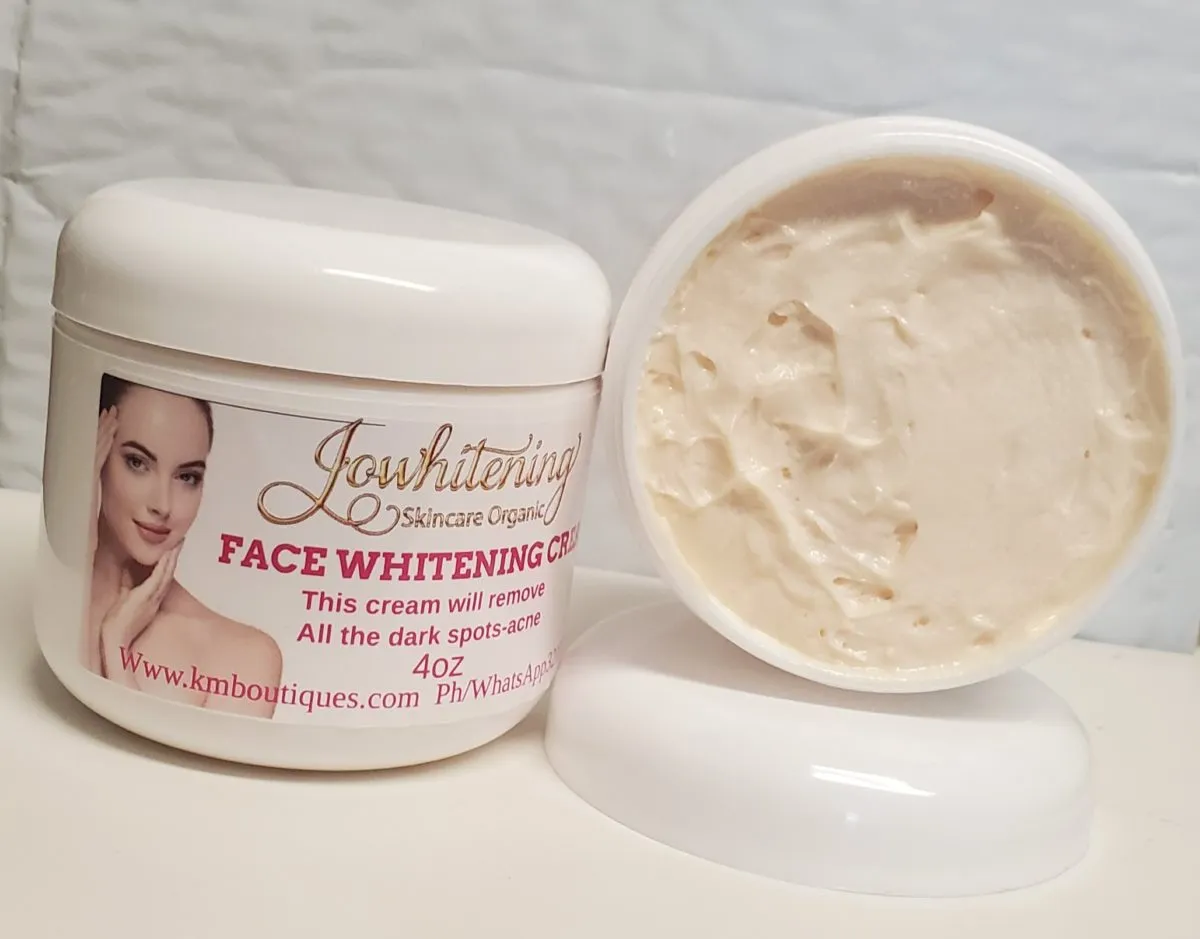Achieving a brighter, more even skin tone is a common goal for many, and face whitening creams have become increasingly popular. But what exactly are these creams, and how do you make your own? This comprehensive guide will delve into the world of face whitening creams, exploring the science behind them, comparing homemade and commercial options, and providing a step-by-step formula for crafting your own effective cream. Let’s unlock the secrets to a radiant complexion!
Understanding Face Whitening Creams
Face whitening creams are skincare products designed to lighten the skin and reduce the appearance of dark spots, blemishes, and uneven skin tone. They work by targeting melanin, the pigment responsible for skin color. These creams often contain active ingredients that inhibit melanin production, leading to a lighter complexion. Understanding the underlying principles is crucial for making informed choices about the creams you use, whether store-bought or homemade. The effectiveness of these creams depends on several factors, including the ingredients used, the concentration of those ingredients, and the individual’s skin type.
What is Face Whitening
Face whitening, or skin lightening, is the process of reducing melanin in the skin to achieve a lighter skin tone. It involves using specific ingredients that interfere with the production of melanin. This can be desirable for various reasons, including addressing hyperpigmentation issues like age spots, sunspots, or acne scars, or simply to achieve a brighter, more even complexion. However, it is crucial to approach skin whitening with caution, as some ingredients can cause adverse effects if used improperly. Safety and efficacy should always be the primary concerns.
The Science Behind Skin Whitening

The science behind skin whitening involves understanding melanin synthesis. Melanin is produced by melanocytes, cells located in the epidermis. The production of melanin is triggered by the enzyme tyrosinase. Skin whitening ingredients often work by inhibiting tyrosinase or interfering with the transfer of melanin to skin cells. This reduces the amount of pigment in the skin, leading to a lighter complexion. Understanding this process helps in selecting ingredients that effectively target melanin production. The goal is to lighten skin while minimizing the risks of adverse reactions.
Types of Face Whitening Creams
Face whitening creams come in several forms, including commercial products and homemade formulations. Commercial creams are readily available and offer convenience and standardized formulations. Homemade creams, on the other hand, provide the flexibility to customize ingredients and avoid potential allergens or irritants. Each type has its advantages and disadvantages, and the best choice depends on individual preferences, skin type, and desired outcomes. It’s important to carefully consider the ingredients and their effects before incorporating a face whitening cream into your skincare routine.
Homemade vs Commercial Creams
Commercial face whitening creams are widely available and are often formulated with a blend of active ingredients. These creams typically undergo rigorous testing for safety and efficacy. However, they may contain ingredients that could cause irritation or allergic reactions for sensitive skin. Homemade creams allow you to control the ingredients, potentially avoiding harsh chemicals and allergens. However, it is crucial to research the ingredients thoroughly to ensure their safety and effectiveness, as well as to maintain proper hygiene during the formulation process. Always conduct a patch test before applying any new cream to a larger area.
Key Ingredients in Face Whitening Cream
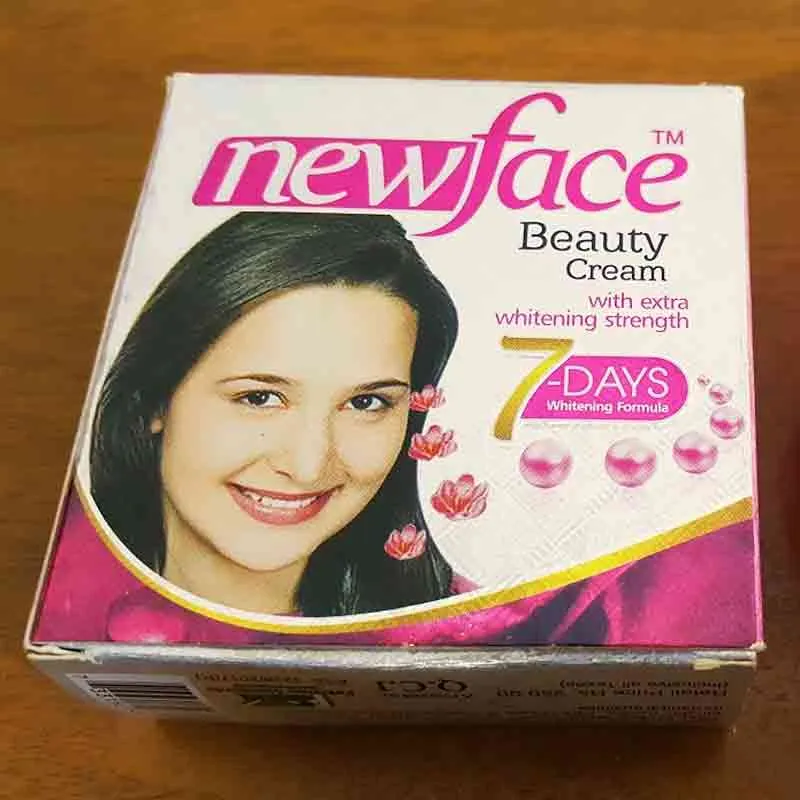
Effective face whitening creams rely on specific ingredients that can lighten the skin. These ingredients work by inhibiting tyrosinase, blocking the transfer of melanin, or promoting cell turnover. The choice of ingredients depends on the desired results, skin type, and any specific concerns. Be sure to research any ingredient before using it on your skin, and be aware of any potential risks or side effects. Combining ingredients with different modes of action can often increase the effectiveness of the cream, as well as prevent issues.
The Ultimate Face Whitening Cream Formula
Crafting your own face whitening cream allows you to tailor the formula to your skin’s specific needs. Here’s a sample formula, along with instructions. Remember, always conduct a patch test before using any new cream on your face. This formula is intended as a starting point, and you can adjust the ingredients and concentrations based on your research and experience. Always use high-quality ingredients and maintain strict hygiene throughout the preparation process.
Ingredient 1 What It Does
Vitamin C (Ascorbic Acid) is a potent antioxidant that inhibits melanin production and brightens the skin. It also protects against free radical damage, which can worsen hyperpigmentation. Use a stabilized form of Vitamin C, such as Sodium Ascorbyl Phosphate, to ensure its effectiveness and stability in the cream. Concentrations of 5-10% are commonly used. Vitamin C can be combined with other ingredients to enhance the overall whitening effect. Consider the ingredients’ effects and how they can synergize to achieve the best result.
Ingredient 2 What It Does
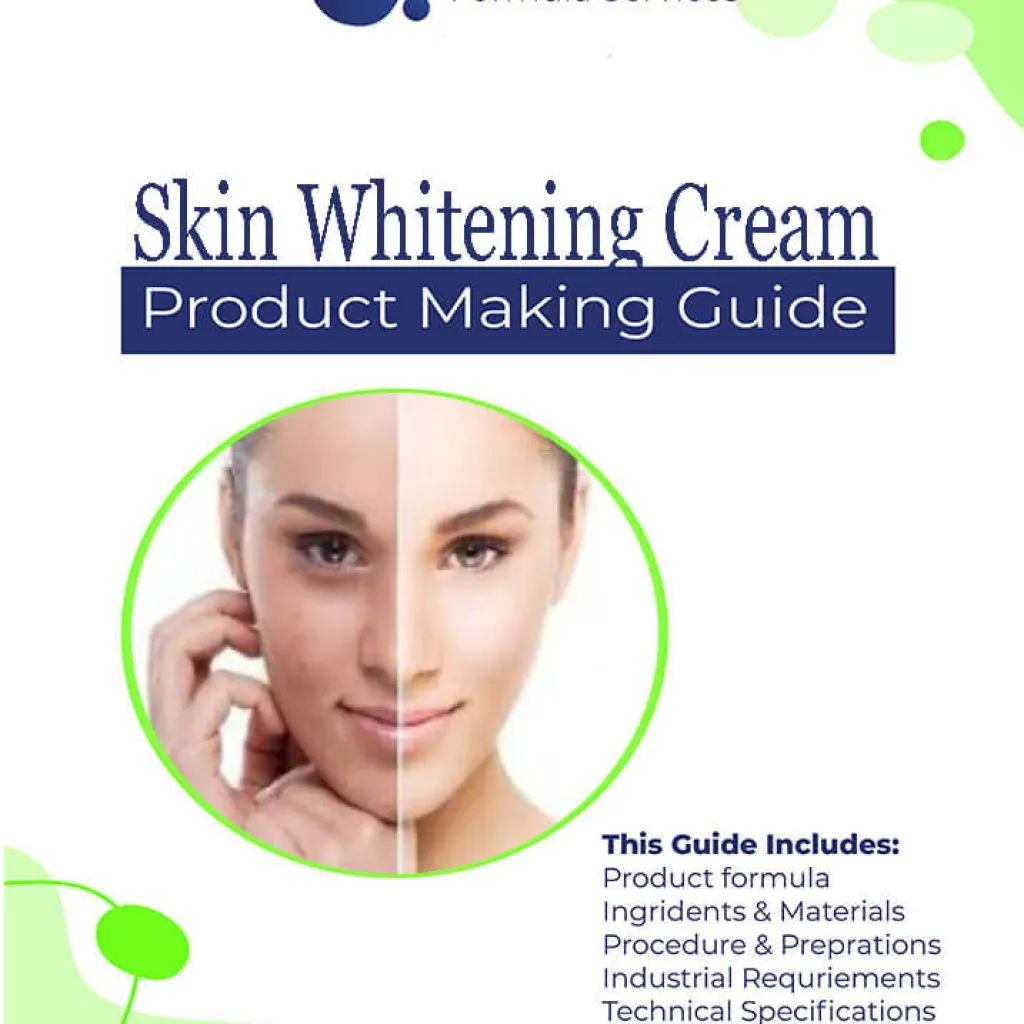
Niacinamide (Vitamin B3) is a versatile ingredient that reduces hyperpigmentation by inhibiting the transfer of melanosomes to skin cells. It also improves skin barrier function and reduces inflammation. Use a concentration of 2-5% in your cream. Niacinamide is generally well-tolerated and can be combined with other active ingredients. Incorporating Niacinamide into your cream can lead to a more even skin tone, as well as an overall improvement in the skin’s health. Note that Niacinamide can lead to flushing for certain skin types.
Ingredient 3 What It Does
Licorice Extract contains glabridin, a compound that inhibits tyrosinase and reduces pigmentation. It also has anti-inflammatory and antioxidant properties. Use a concentration of 1-2% in your cream. Licorice extract is a natural ingredient that can help even out skin tone and reduce the appearance of dark spots. The extract can also help soothe irritated skin and prevent further damage from environmental factors. Always source your licorice extract from a reputable supplier.
Step-by-Step Guide DIY Face Whitening Cream
Creating your own face whitening cream involves several steps, from gathering the necessary ingredients to mixing and applying the cream. By following a careful process, you can ensure your cream is effective and safe. Proper hygiene is essential to prevent contamination and maintain the cream’s quality. Remember to always conduct a patch test to check for any adverse reactions before applying the cream to a larger area. Creating this cream can be a rewarding experience, as well as offer an effective product.
Gathering Your Ingredients
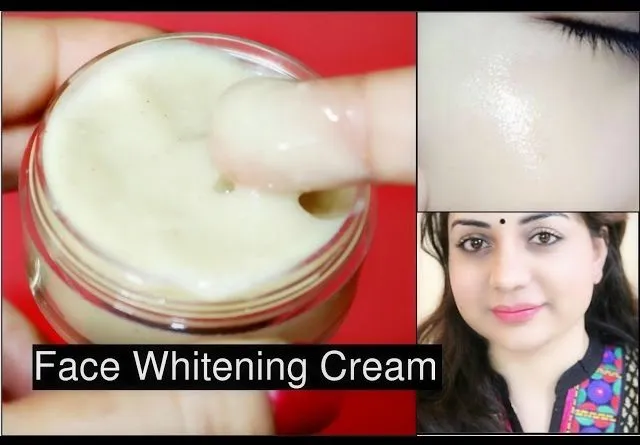
Before you begin, gather all the necessary ingredients. This includes the active ingredients mentioned above (Vitamin C, Niacinamide, Licorice Extract), as well as a base cream or carrier oil. Other ingredients might include a preservative, emulsifier, and essential oils (for fragrance). Ensure you have all the necessary equipment, such as a mixing bowl, spatula, and airtight container. High-quality ingredients are essential for producing an effective and safe cream. Remember to source all your products from reputable suppliers.
Mixing & Preparation
Combine the active ingredients with the base cream or carrier oil, following the recommended concentrations. Mix thoroughly until the ingredients are evenly distributed. If you are using a preservative, add it according to the manufacturer’s instructions. Once the cream is mixed, transfer it to an airtight container. Store the cream in a cool, dark place to maintain its efficacy and prevent degradation of the active ingredients. Before use, consider a patch test to check for any skin reactions.
Application & Usage
Apply a small amount of the cream to clean, dry skin, typically once or twice a day. Gently massage the cream into your skin until it is fully absorbed. Always apply sunscreen during the day when using face whitening creams, as these creams can make your skin more sensitive to the sun. Be patient, as it may take several weeks to see noticeable results. Following the usage instructions carefully will help ensure you have an enjoyable experience.
Tips for Maximizing Results
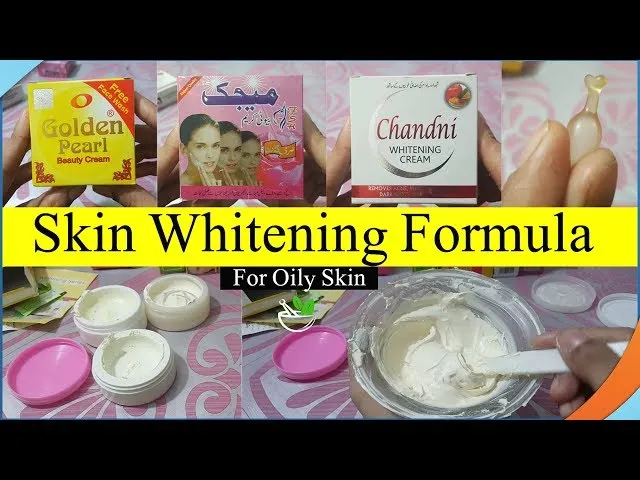
To get the best results from your face whitening cream, it’s essential to follow some key tips. These tips include protecting your skin from the sun and maintaining consistency in your skincare routine. Following these recommendations will not only increase the effectiveness of your cream but also promote healthy, glowing skin. By integrating these practices, you can maximize the benefits of the cream while minimizing any risks.
Sun Protection is Key
Sun exposure can counteract the effects of face whitening creams and worsen hyperpigmentation. Always apply a broad-spectrum sunscreen with an SPF of 30 or higher every day, even on cloudy days. Reapply sunscreen every two hours, especially when spending time outdoors. Wearing protective clothing, such as hats and sunglasses, can also help protect your skin from the sun’s harmful rays. Sunscreen is a crucial component of any skincare routine that aims to whiten or lighten the skin, and it prevents damage to the skin from sun exposure.
Consistency is Crucial
For best results, use your face whitening cream consistently as directed. Follow the recommended application schedule and avoid skipping applications. It may take several weeks or months to see noticeable results, so patience is key. Integrate the cream into your daily skincare routine and make it a habit. Consistent use helps the active ingredients to work effectively and provides a better chance of achieving your desired results. Regular usage helps to create a healthy skincare routine.
Addressing Common Concerns
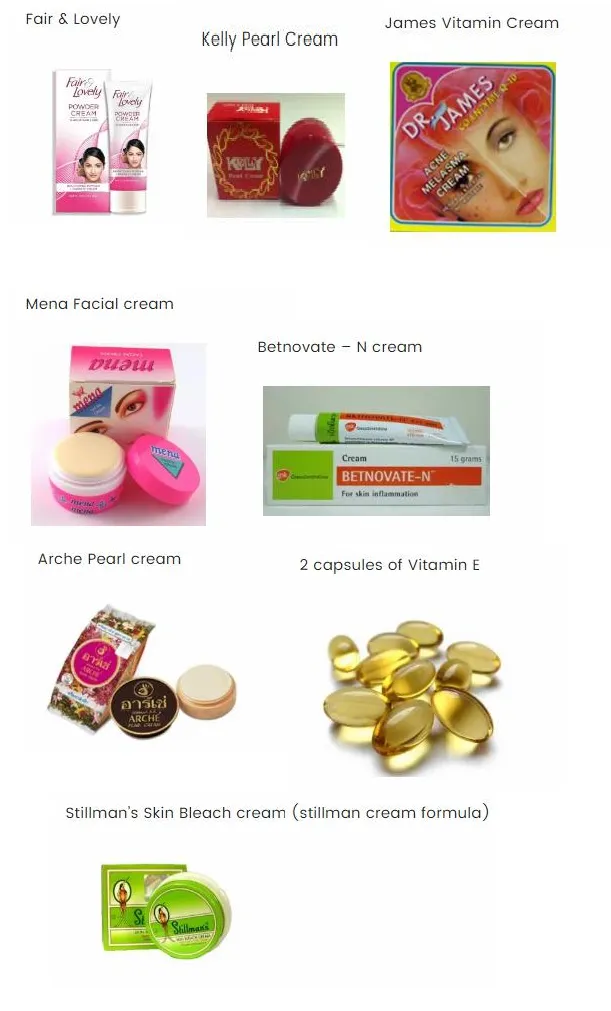
When using face whitening creams, it’s important to be aware of potential side effects and when to seek professional advice. Some ingredients can cause skin irritation or allergic reactions. It’s crucial to be informed about any possible adverse effects. It’s always recommended that you perform a patch test before applying any new cream to a larger area of skin. Consulting a dermatologist can help identify potential problems. It ensures the safe and effective use of face whitening creams, as well as ensures any problems are quickly addressed.
Side Effects of Face Whitening Creams
Common side effects of face whitening creams include skin irritation, redness, dryness, and itching. Some ingredients, such as hydroquinone, can cause more serious side effects, including ochronosis (a bluish-black discoloration of the skin) if used improperly or for an extended period. Always follow the manufacturer’s instructions and discontinue use if you experience any adverse reactions. Be aware of potential allergens in your cream. Any concerns should immediately be brought to the attention of a dermatologist.
When to Consult a Dermatologist
If you experience persistent skin irritation, allergic reactions, or any unusual changes in your skin, consult a dermatologist. A dermatologist can help determine the cause of the problem and recommend appropriate treatment. They can also provide guidance on the safe and effective use of face whitening creams. If you are unsure about any ingredient or are concerned about the effects of a cream, seek professional advice from a qualified dermatologist or skincare specialist. They can offer customized recommendations tailored to your individual skin type and condition.
In conclusion, creating your own face whitening cream can be a rewarding experience, offering a personalized approach to achieving a brighter and more even skin tone. By understanding the ingredients, following the step-by-step guide, and prioritizing safety, you can unlock the secrets to radiant skin. Always remember to consult a dermatologist if you have any concerns. Embrace the journey to a more confident you!
